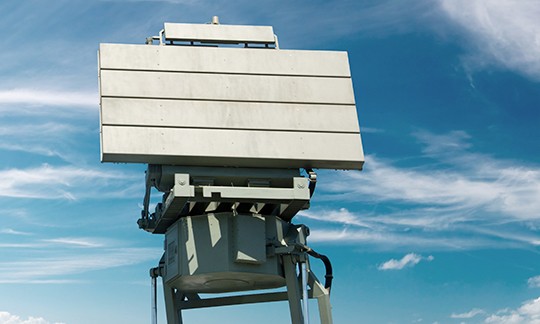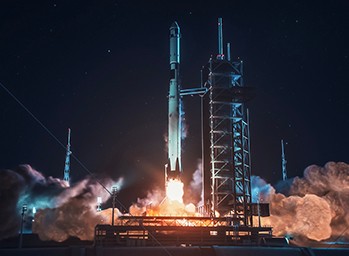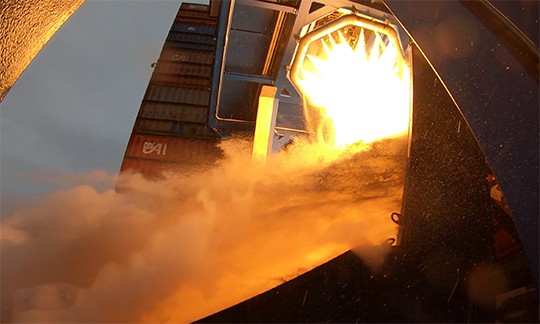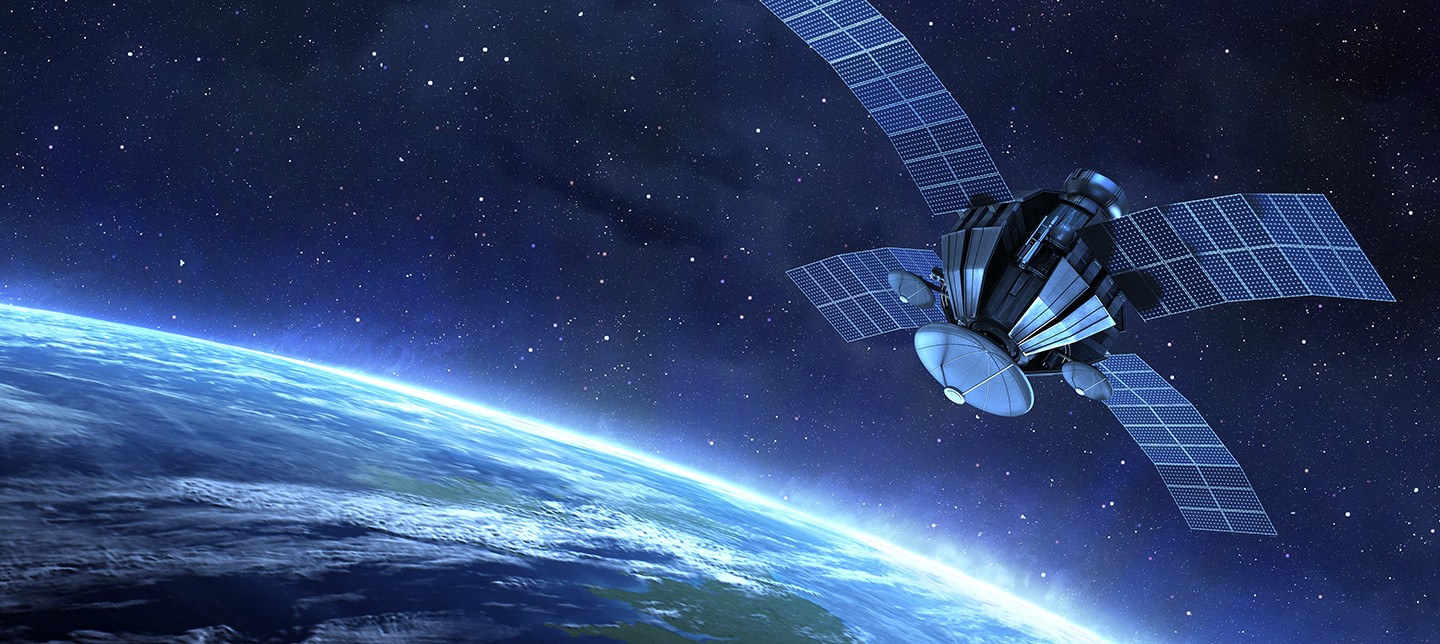
Navigating Space Junk Hinges on Test
TREND INSIGHT
SPACE LAUNCH AND EXPLORATION | 6 MINUTE READ
Space is more accessible than ever, with an influx of affordable satellites entering Earth’s orbit. But more equipment creates barriers to orbit and a greater likelihood of collisions, resulting in space debris and loss of investments.
In early February, eyes were glued to the sky in Cabo San Lucas, Mexico, when SpaceX’s Falcon 9 rocket was seen hurtling into Earth’s atmosphere and disintegrating into the sky in fiery fashion. Although it’s normal for objects sent to space to vaporize back into Earth’s atmosphere, with the increased interest in space exploration and launches, we may witness more deorbit disintegrations on Earth. But what happens to objects that are still in orbit?
In low-Earth orbit (LEO), more than 100 million pieces of debris surround Earth, from abandoned satellites to destroyed spacecraft and other Earth-made leftovers from space missions. These pieces of debris are floating in the vicinity of the International Space Station (ISS) and thousands of vital satellites. The junk moves quickly, and even small pieces of debris have the potential to inflict catastrophic damage. In 2016, a window of the ISS was gouged by a tiny fleck of paint. Although the damage to ISS was minor and easy to manage in that circumstance, an object as small as 10 cm has the potential to completely destroy the space station. Space debris can also affect life on Earth, with the potential to render the satellites we depend on for GPS, weather forecasting, and telecommunications inoperable.
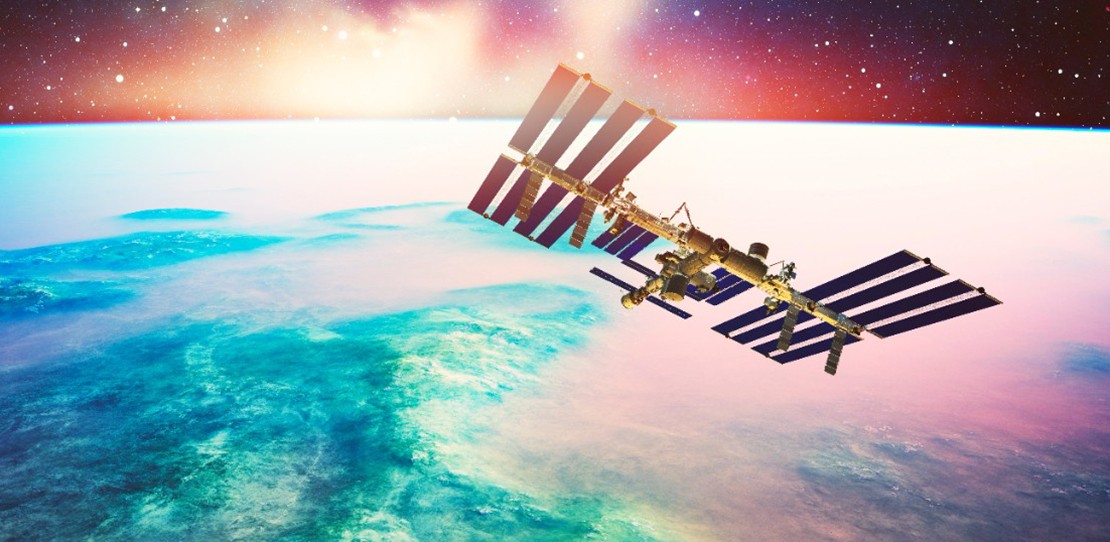
In the 1970s, a NASA scientist named Donald Kessler warned of the Kessler syndrome—a scenario in which space pollution becomes so dense that collisions between objects would create a chain reaction and diminish LEO to a vast pile of rubble, cutting off our access to orbit. The 2013 film Gravity dramatized this concept, with Sandra Bullock’s character fighting for her life after an out-of-control cloud of space debris destroys her spacecraft. Although the possibility of the Kessler syndrome and a real-life Gravity situation becoming reality is rare, the accumulation of debris in LEO adds another layer of consideration in space exploration—dodging debris.
Modern-Day Space Exploration
After years of stagnation, we are in a new era of space exploration. Space has never been so accessible, with private companies like Blue Origin, SpaceX, and Virgin Galactic conducting historic missions over the past year.
In the early days of the space race, factoring in the risk of mission interference from space debris was not as necessary. There were far more urgent matters such as sustaining life and safely landing on the moon. And at that time, it was vast “space” in the most literal sense, with an abundance of real estate for anything that was sent or left there. But after decades of sending equipment into orbit with no consideration for what and how much is left there from previous generations, tackling space junk has become a huge priority today.
The accurate detection and monitoring of this junk—especially the miniscule bits that are difficult to keep track of—hinge on test technology along with industry and geopolitical collaboration.
Innovation to Dodge Debris
One method of tracking debris is via on-Earth radars. Existing radars have the capability to track objects as small as 2 cm wide, but tracking the debris smaller than this size is also crucial because ultra-tiny objects still have the potential to inflict serious damage on satellites and spacecraft.
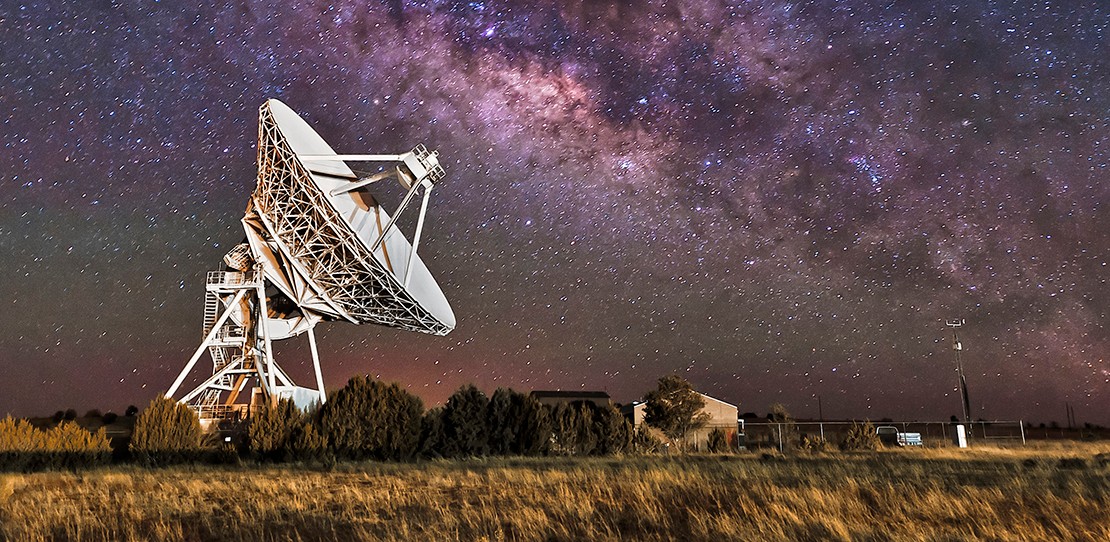
Designing a radar with the capability of tracking both enormous and miniscule objects in space presents a host of challenges that require rigorous testing. The main complication is that distances between items are vast, and the object sizes vary. To accurately track such a wide range of items, engineers must test a slew of waveforms with simulated scenarios to see how a radar will behave in reality.
Additionally, radars can be attached to items that are sent to space to provide in-orbit debris tracking. While this method can be more accurate, it presents unique challenges. In-orbit radars need to be lightweight and run on a low-power budget, yet rugged enough to withstand extreme elements. Radars in orbit also need to be extremely reliable so they don’t fail while in space. Testing radars for different in-orbit conditions is critical to ensure that they meet specifications and provide valuable information.
As radar algorithms improve, very difficult to track items can be better monitored and avoided.
Another way to reduce the amount of junk accumulating in orbit is to send better equipment to space. Investing in thorough testing can improve the reliability of satellites and rockets while driving down costs.
Similarly, developing launch vehicles that can be reused rather than destroyed upon return to Earth can also reduce the risk of junk accumulation in space. For example, we’ve seen this implemented successfully with the SpaceX Falcon 9 rockets that launch Starlink satellites.
As equipment grows more sophisticated, companies’ and agencies’ efforts to protect their investments will become even more paramount.
Space Junk Standards
As more companies begin to tackle the challenge of tracking elusive bits of space junk, a standardized method of information sharing is crucial. While some companies are aggregating space data, as of now, there is no solidified plan for collaboration to deorbit equipment at the end of a life cycle.
Companies and worldwide governments need to create standards for space exploration and information sharing, which can be difficult when disparate actors have competing goals.
Currently, different countries also have different policies to avoid the accumulation of debris in space. While the NASA Orbital Debris Program Office and the Inter-Agency Space Debris Coordination Committee have standards to limit the creation of space debris by requiring equipment to meet certain deorbiting criteria, countries approve deorbit plans independently, so some space agencies may have a looser interpretation of the guidelines than others.
Debris Cannot Be Ignored
Although the Kessler syndrome is an unlikely scenario, on-going accumulation of debris in space has the potential to drive up the cost of exploration and significantly reduce the lifespan of objects sent to space.
Debris impedes satellite maintenance and increases the risk of injury and death to humans in orbit. To avoid dire consequences, a concerted effort needs to be made to accurately track existing debris and prevent the creation of more debris in the future. Sending thoroughly tested equipment to space, and accurately tracking what is already there, can keep space cleaner for generations to come.
